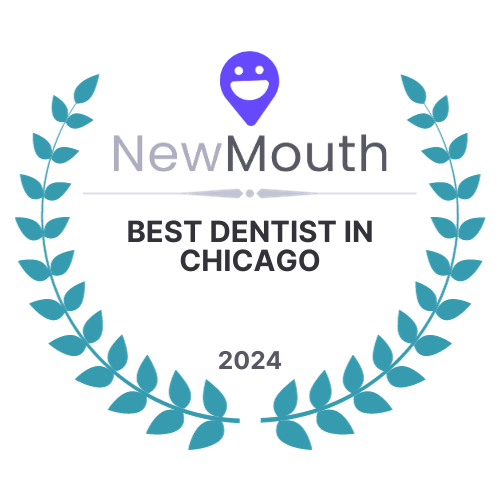“Do I Really Need to Take Those?” The Debate on X-Rays
Dry Mouth: It’s Not Just Annoying What AREN’T Your Smartphones Good For?
Short answer: Yes, you do. And it’s important you know why. So let’s take a look at what dental x-rays entail and why they’re critical to your oral health.
Digital dental x-rays, the choice of our office and the popular choice among dentists today, use a very small amount of electromagnetic radiation to capture an image of your teeth and their surrounding structures. The sensor will penetrate each part of the tooth, tissue and bone differently. Denser areas– such as amalgam fillings and other restorations – will block most of the photons and appear white, while teeth and tissue will show in shades of gray. Tooth decay will appear darker than the surrounding area due to its decreased density.
These images (radiographs) are the ONLY way a dentist can diagnose certain problems, including: cavities between the teeth, bone infections, types of benign and malignant tumors, bone loss and impacted wisdom teeth. Without them, your provider is limited in the care he/she can provide, and may miss catching a problem early enough for it to be successfully treated.
There are many types of x-rays, each with a different purpose and recommended frequency. This will vary depending on the patient and the situation, but generally, the ones we like to have for our patients are:
- Panoramic x-ray: This image gives us a good view of all the soft and hard tissue of your oral cavity. It is the primary way a dentist can assess any potential bone loss and the health of your wisdom teeth. We like to update this x-ray every 5 years.
- Bitewing x-rays: These are cavity detection x-rays that allow the doctors to see in between your back teeth, one of the most common spots for cavities to develop. We like to get a set of these every year, and they're comprised of a quick 2 images on each side.
- Periapical x-ray: Sometimes, the doctor just needs a focused image of a single or few teeth, whether because they see something suspicious or because the patient is experiencing discomfort. This single shot gives them a clear view of the tooth from root to tip.
Three primary concerns leap to mind when considering why some people are so adverse to x-rays:
I don’t have time!
Taking digital x-rays adds, at most, 5 minutes to any given appointment, making them a quick and invaluable part of your examination.
They are too uncomfortable!
A lot of this fear stems from memories of the extremely uncomfortable full mouth x-rays of old, which used 18 separate films to get a complete picture of your teeth. New technology means no more uncomfortable film, smaller sensors and faster image capture. It’s painless, we promise!
I don’t want all that radiation!
This is by far the most frequent complaint we hear, and the biggest myth in need of dispelling. Especially given the advent of digital x-rays, radiation exposure involved is minimal. The United States Nuclear Regulatory Commission estimates that the average person is exposed to roughly 620 millirem per year, which has been judged to be perfectly safe for humans and of which half comes from natural sources. In contrast, a single digital dental x-ray is about 0.1 millirem. To put that in context, the National Council on Radiation Protection and Measurements pegs the occupational radiation exposure limit at a whopping 5000 millirem per year, or around 5000 times what you’d get from a set of yearly x-rays. It’s about the equivalent of exposure from a cross country flight, and a completely worthwhile cost to ensure your oral and systemic health.
Hopefully this helps to show that avoiding x-rays, unless pregnant or under a doctor’s instruction, is quite unnecessary. Find a dentist you trust, and then trust them. 🙂 They will tell you what they need to take the best care of your oral and general health.
